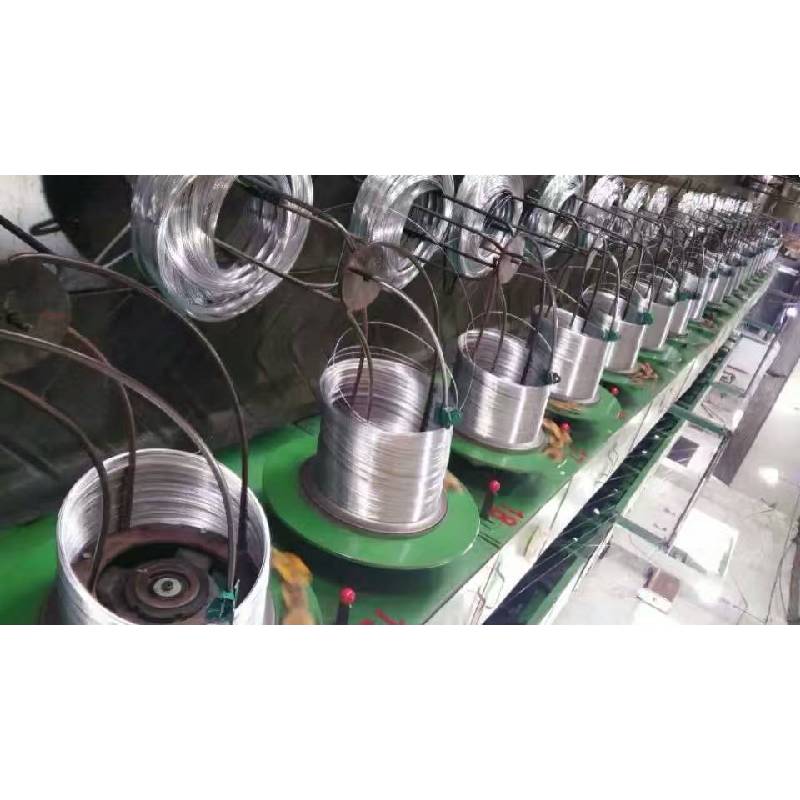
- Mobile Phone
- +8613931874955
- sales@cntcmetal.com
standard extension springs
Understanding Standard Extension Springs A Comprehensive Overview
Extension springs are an essential component in various mechanical systems, offering versatility and efficiency in applications ranging from automotive to manufacturing. Among the different types of springs, standard extension springs are particularly noteworthy for their wide range of uses and unique properties. In this article, we will delve into the design, applications, and benefits of standard extension springs.
What are Standard Extension Springs?
Standard extension springs are tightly wound coils designed to operate under tension. Unlike compression springs, which are designed to resist being compressed, extension springs are specifically engineered to extend when a load is applied. They are characterized by their hooked ends, which facilitate easy installation and attachment to other components. The hook design allows the spring to manage the forces acting upon it effectively, ensuring reliable performance in various applications.
Design Features
The construction of extension springs typically involves high-carbon steel, stainless steel, or other spring alloys, which provide the necessary tensile strength and elasticity. These materials ensure that the spring can return to its original shape after being stretched. The wire diameter, coil diameter, and overall length can be customized to meet specific load requirements and space constraints, making standard extension springs highly adaptable.
Standard extension springs can be manufactured to different specifications based on the industry’s needs. For instance, the spring’s rate, or the stiffness, determines how much the spring will stretch under a given load. This is calculated based on the diameter of the wire used in the spring and the spring’s overall design. Additionally, factors such as the number of active coils and the material’s Young’s modulus play a crucial role in defining the spring's behavior under tension.
Applications of Standard Extension Springs
Extension springs are utilized in a multitude of applications across various sectors. In the automotive industry, they are commonly used in hoods, trunk lids, and mechanisms such as seat adjustments, where they provide the necessary tension to keep components securely closed or adjustable.
standard extension springs

In the realm of machinery and manufacturing, standard extension springs play a critical role in conveyor systems, balancing mechanisms, and safety devices
. They are often integrated into assembly lines to help maintain consistent tension in parts that require stability during operation.Moreover, these springs are prevalent in the home and garden sectors, found in products such as screen doors, patio furniture, and lawn equipment. They provide the needed force to operate various mechanisms efficiently, ensuring ease of use and longevity of the products.
Advantages of Standard Extension Springs
One of the significant advantages of standard extension springs is their ability to absorb shocks and vibrations. This property is essential in applications where sudden forces can cause malfunction or damage. Furthermore, they are compact and easy to install, making them convenient for manufacturers and engineers who seek efficient solutions in tight spaces.
Another benefit lies in their cost-effectiveness. Standard extension springs are readily available in various specifications, allowing industries to procure them without the need for extensive custom manufacturing, thus reducing costs and lead times.
Lastly, standard extension springs are highly reliable. When designed and manufactured correctly, they offer consistent performance over time, significantly reducing the risk of failure in critical applications.
Conclusion
In conclusion, standard extension springs are indispensable components in countless applications, providing flexibility, strength, and reliability. Their unique design allows them to function effectively across various industries, ensuring that they meet the specific demands of modern machinery and everyday products. Understanding the fundamental aspects of these springs will aid designers and engineers in selecting the right spring for their applications, further enhancing the performance and durability of their products. As technology advances and demands evolve, the role of standard extension springs will undoubtedly continue to grow in importance.
share:
-
Wall Ties for Concrete: Invisible Guardians of Building Structural StabilityNewsAug.08,2025
-
Timber Frame Wall Ties: Stable Bonds for Load TransmissionNewsAug.08,2025
-
Stainless Steel Woven Wire Mesh: A versatile material from boundary protection to functional supportNewsAug.08,2025
-
Powder Coat Coil Springs: Creating peace of mind and reliability with sturdy protectionNewsAug.08,2025
-
Floor Standing Sign Holder: A Powerful Assistant for Flexible DisplayNewsAug.08,2025
-
Binding Iron Wire: An Invisible Bond for Building StabilityNewsAug.08,2025
-
Yard Sign Stakes: Reliable Guardians of Outdoor SignsNewsAug.04,2025



















